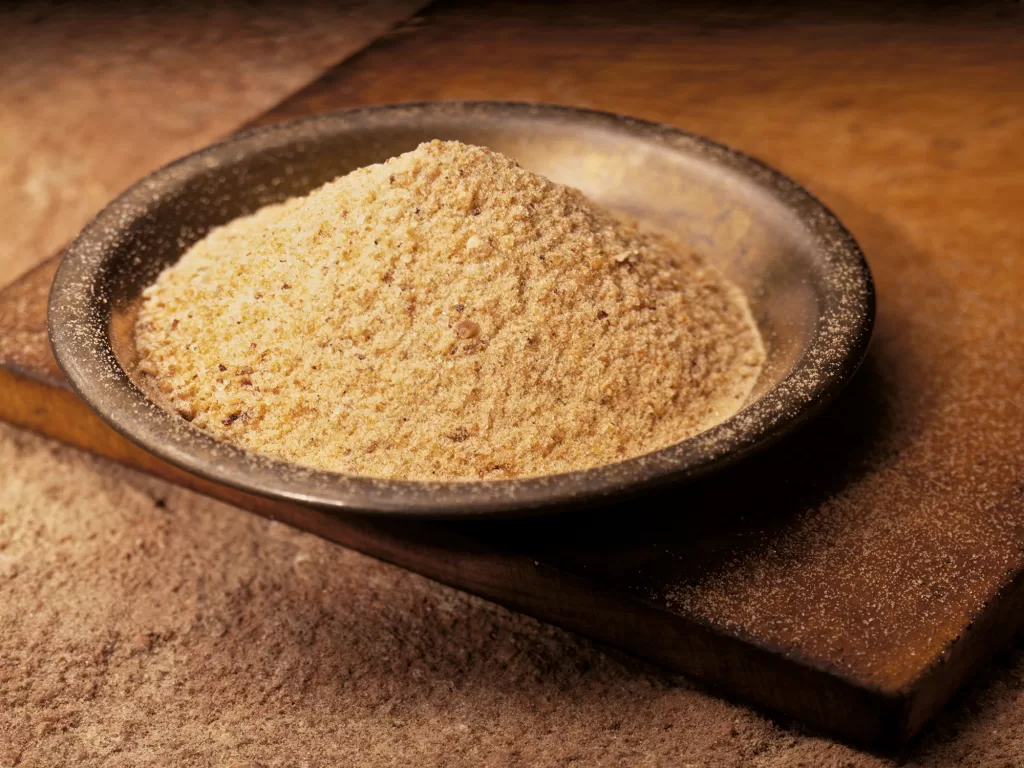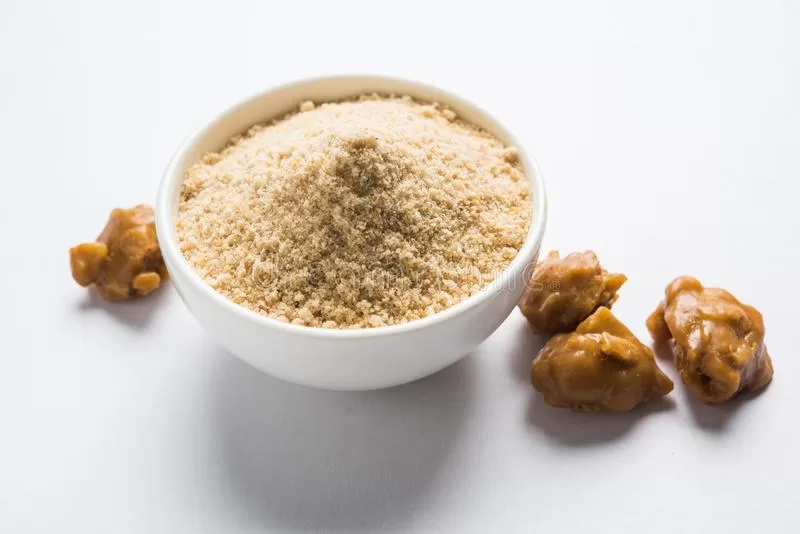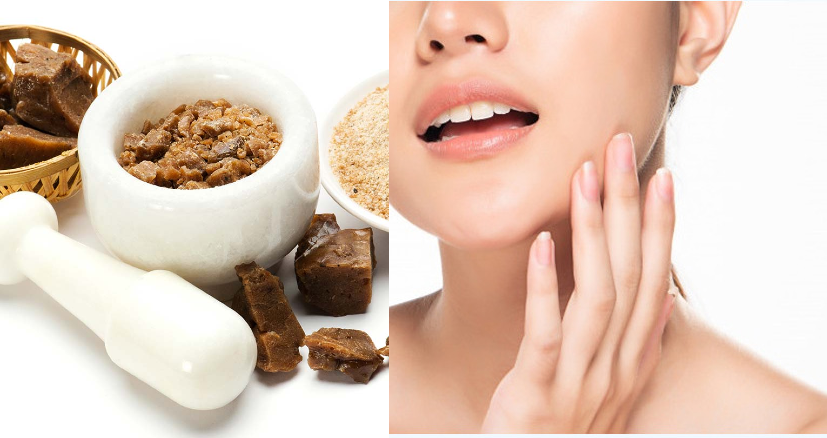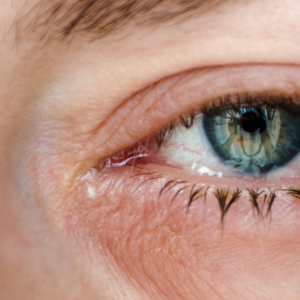Asafoetida (hing) is a traditional cure for various diseases and is used as a food flavoring agent in many parts of the world. The stems of Ferula plants in the Umbelliferae family are used to make the oleo-gum resin known as asafoetida (Ferula asafoetida).
Ferula plants are found all over central Asia, but they are most common in western Afghanistan, Iraq, Turkey, and eastern Iran. They are also found in Europe and North Africa. Asafoetida is referred to as Hing or Hingu in India.
When Ferula plants are 4-5 years old, they begin to develop huge taproots, or carrot-shaped roots, that is around 15 cm in diameter at the crown and are used to make asafoetida. Asafoetida has a strong, lingering, and sulfurous aroma.
Due to its distinctive aroma, which resembles that of garlic, onions, and meat, it is now a common ingredient in Indian cooking. The Latin term “ferula” means “carrier” or “carriage.” Asa is the Latinized version of the Farsi word asa, which denotes resin. Foetidus is Latin for “smelling.”
There are two main types of asafoetida: the mass form and the teardrop form, with the mass form being the most popular and widely accessible. Resins, gums, and essential oils are the three groups of chemical components that make up the Ferula asafoetida plant.

The Medicinal Benefits of Asafoetida
Asafoetida’s most significant therapeutic benefit is that it is a natural treatment for Asafoetida has been used for a long time to treat asthma, bronchitis, whooping cough, intestinal parasites, ulcers, stomachaches, https://en.wikipedia.org/wiki/Epilepsyepilepsy, flatulence, weak digestion, spasms, and influenza. Several gastrointestinal conditions can be helped by asafoetida treatment.
It is used to treat a wide range of problems, such as unintended pregnancy, unusual pain, sterility, painful and frequent menstruation, and leucorrhea. Asafoetida can be used to treat mania, convulsions, and insanity. It can also be used to treat depression-related neurasthenia, or mental and physical exhaustion, by stimulating nerves.
Asafoetida is also sometimes used by women whose menstrual cycles have stopped for any reason. Asafoetida is occasionally rubbed directly onto the skin to treat corns and calluses.
Asafoetida In Ayurveda
Asafoetida is often used in Ayurvedic medicine. In Sanskrit, it is called Ramaha, Badhika, Ugragandha, and Sahasravedhi, which means “medicine that is useful in many ways.” An ancient Ayurvedic text called Ashtanga Hridaya describes hing as a potent treatment for conditions like impotence, flatulence, toothaches, and digestive issues.
In the ancient Sanskrit text Charaka Samhita, ayurvedic herbs are divided into three groups: those that help digestion (Deepaneeya), those that treat lung diseases (Svasahara), and those that help restore mental consciousness (Sanjnasthapana).
According to Ayurveda, asafoetida has katu rasa, meaning it has a tremendously pungent taste as well as a strong pungent odor. It is endowed with all three gunas, including Tikshna, Snigdha, and Laghu, which are all easy to stomach. Both Katu Vipaka, which is pungent after digestion, and Ushna Virya are present (hot potency). It enhances Pitta and normalizes Vata and Kapha (water and earth).
History and Myths
Asafoetida, commonly known as devil’s excrement, is a plant with a foul odor and sickening flavor, as suggested by its name. A tiny piece of gum was worn around the neck throughout the Middle Ages to stave off illnesses including colds and fevers. Any effectiveness that may have had was probably more a result of the amulet’s antisocial traits than of any therapeutic benefits. Surprisingly, asafoetida was referred to as the “food of the gods” and utilized as a condiment in ancient Persia.
This herb, whose Sanskrit name is hing, is a key ingredient in the well-known Ayurvedic herbal preparation Hingashtak. This herb is used as a condiment in practically all Persian meals because of how highly regarded it is there. When eating beef steaks from hot plates, French chefs sprinkle a little asafoetida on them. This gum is added to Worcestershire sauce to give it its characteristic flavor. It gives curries, stews, gravies, etc. flavor when used sparingly.
Asafoetida is now a useful component in high-end perfumes thanks to clever management. It is still valued as medicine throughout Europe, the Near East, and the Far East. It is only advised for the bold and the hearty to use as a condiment.
Asafoetida is employed in magic and mythology to obtain insight and drive out any bad energy, evil spirits, and devils. It is used to call upon male gods, particularly those with phallic characteristics. According to one tale, asafoetida originated from a fertility god’s semen that spilled into the ground.

The Curing and the healing Effects of Asafoetida
Originally from Central Asia, the Mughals introduced asafoetida to India in the sixteenth century. The primary active ingredient in asafoetida that gives it its medicinal value is the volatile oil. Its main phytochemical component, called ferulic acid, has anti-inflammatory, antiviral, antibacterial, antispasmodic, anti-cancer, and hepatoprotective properties. Hing also has a lot of different nutrients, like fiber, calcium, potassium, and iron, which all help with their healing effects.
Let’s take a closer look at the numerous health benefits that this wonder spice of Indian cuisine possesses.
Treats whooping cough and asthma
Because of its natural anti-inflammatory, antiviral, and antibacterial properties, it is often used to treat respiratory conditions like asthma, bronchitis, dry cough, and colds. Additionally, it stimulates the respiratory system, reduces phlegm, and clears chest congestion.
Asafoetida is a natural expectorant that helps you cough up extra mucus and eases chest congestion and coughing. The phytochemicals in hing help treat lung diseases like bronchitis and asthma by reducing inflammation of the inner lining of the bronchial tubes.
For immediate relief from a cough, you can rub the chest with a paste made of asafoetida and water. Add two tablespoons of honey, one and a half teaspoons of asafoetida powder, and one teaspoon of dried ginger powder to a glass of water. To ease the signs of bronchitis and a dry cough, use this mixture at least twice daily.
Enhances gut health
Asafoetida can help treat IBS, indigestion, upset stomach, intestinal gas, intestinal worms, and flatulence because it is more effective at stopping spasms, reducing inflammation, and stopping gas. It has also been found to be beneficial in cases of food poisoning.
Mix one and a half cups of water with a pinch of asafoetida. When you get a stomach ache, drink it.
You might choose to apply a paste of asafoetida and water around your navel in the event of stomach discomfort. After letting it dry, wash it off. If you frequently have cramps, practice this frequently.
Reduces period Pain
Menstrual pain, irregular periods, and heavy bleeding can all be treated with asafoetida. Asafoetida reduces menstruation pain, promotes progesterone secretion, and enhances blood circulation. Add salt, 1 1/2 teaspoons of fenugreek powder, and a pinch of asafoetida to a cup of buttermilk. To ease the pain and suffering, sip this two or three times daily.
Relieves headache
Asafoetida, which is naturally anti-inflammatory, has been shown to lessen headaches. It aids in reducing headaches by reducing inflammation of the blood vessels in the head region.
Asafoetida’s potent anti-inflammatory and antioxidant effects aid in calming the throbbing blood vessels in the brain. Hing also functions as an antidepressant and relieves chronic migraine and migraines brought on by stress.
One and a half cups of water with a dash of asafoetida heated. Drink it several times to ease a mild tension headache after letting it boil for 15 minutes.
Take one teaspoon each of asafoetida, dried ginger powder, camphor, and two teaspoons of pepper powder as an alternative. To form a thick paste, incorporate milk or rosewater. Use this on your forehead to relieve migraines and tension headaches.
Enhances fertility and reproductive health
Asafoetida, which has aphrodisiac properties, promotes hormonal activity, boosts physical vitality, and improves blood circulation throughout the body, acting as a sexual stimulant. Consuming hing lowers the risks of premature births and profuse bleeding during delivery as well as boosts the female body’s synthesis of the hormone progesterone. It is also well known to eliminate both male and female infertility and sterility problems.
It can reduce levels of cholesterol and atherosclerosis
Asafoetida increases the body’s metabolism, which lowers cholesterol levels. It helps reduce inflammation in the blood vessels, which is a major cause of atherosclerosis and the buildup of cholesterol plaque in the blood vessels.
It assists with difficulties with indigestion and loss of appetite
Hing speeds up digestion and helps keep bowel movements regular because it is high in fiber. It stimulates the liver to secrete more bile salts and increases stomach acid production. This makes it easier to break down protein, fat, and carbs, which in turn makes you feel better and makes you want to eat more. Also, the carminative, antiflatulent, and antispasmodic properties of hing help to ease digestive problems like gas, flatulence, bloating, and abdominal distension.
Addresses acne
Asafoetida is a wonderful herb that stops the growth of bacteria that cause acne on the skin. It changes the conditions on the skin so that bacteria can’t grow there, making it a good choice for healthy skin. Asafoetida keeps dust, oil, and sebum from clogging your skin pores, which finally gets rid of acne.
Add rose water to a teaspoon of fuller’s earth (Multani mitti) to make a thick paste. Drops of lemon juice should be added. Add asafoetida and thoroughly whisk the mixture. For best effects, use it frequently.
Asafoetida beautify skin

Hing is a substance that fixes dryness. Dryness and skin damage are brought on by pollution and stress. The texture of your skin improves considerably and becomes silky and softer. with asafoetida. It gets rid of all the obvious signs of dry skin, like spots, dullness, cracking, peeling, and wrinkles.
It modifies the skin’s environment to prevent the growth of microorganisms. Hing can therefore treat any acne that is already present. Further, it also improves fairness and lessens the visibility of dark spots, acne scars, and oiliness.
With consistent use of Asafoetida, it has been observed that the Tyrosine synthesis in the skin is naturally constrained. Tyrosine makes the skin make more melanin, which makes the skin age faster, get darker, and look dull. You can thus flaunt your flawless, radiant, youthful skin. to your peers.
Asafoetida can aid in controlling elevated blood pressure
Asafoetida is a good source of potassium, which works against the effects of sodium and helps keep blood pressure in check. Furthermore, hing relaxes blood vessels and arteries, resulting in improved blood flow throughout the body.
A healthy blood flow decreases the pressure of the blood against the artery walls and protects the arteries and blood vessels from damage. Coumarin, which is found in hing, lowers high blood pressure by stopping blood from clotting in the arteries. Thus, this spice encourages good cardiac health in general.
Side Effects of Asafoetida
Most of the time, the quantities of asafoetida used in cooking are safe. Excessive use may result in digestive issues and an upset stomach. Asafoetida’s side effects include gas, diarrhea, headaches, anxiety, liver damage, and tongue swelling.
Asafoetida should not be used on infants, pregnant women, or nursing mothers because it may be harmful to them. It supplements should be avoided by anyone taking blood pressure medications or other treatments that thin the blood since they can lower blood pressure or thin the blood.
When used as a spice, asafoetida is typically combined with wheat or rice flour. Therefore, asafoetida-containing products might not be gluten-free.

Disclaimer:
This information is for educational purposes only, and no medical advice should be inferred from it. Before changing your diet or adding supplements, please talk to your doctor.
The author’s views are his or her own. The facts and opinions in the article have been taken from various articles and commentaries available in the online media and Eastside Writers does not take any responsibility or obligation for them.
Note: Contact our Writers at www.eastsidewriters.com for writing Blogs/Articles on any niche. We have experts in various domains, from Technology to Finance and from Spirituality to Lifestyle and Entertainment.







Pingback: Have One Amla A Day For Overall Health Benefits - Eastside Writers
Pingback: Learn the 12 proven methods To Reduce Obesity without any side effects - Eastside Writers
Pingback: Chronic Inflammation May Be Challenging- Know The Causes And Its Remedy - Eastside Writers